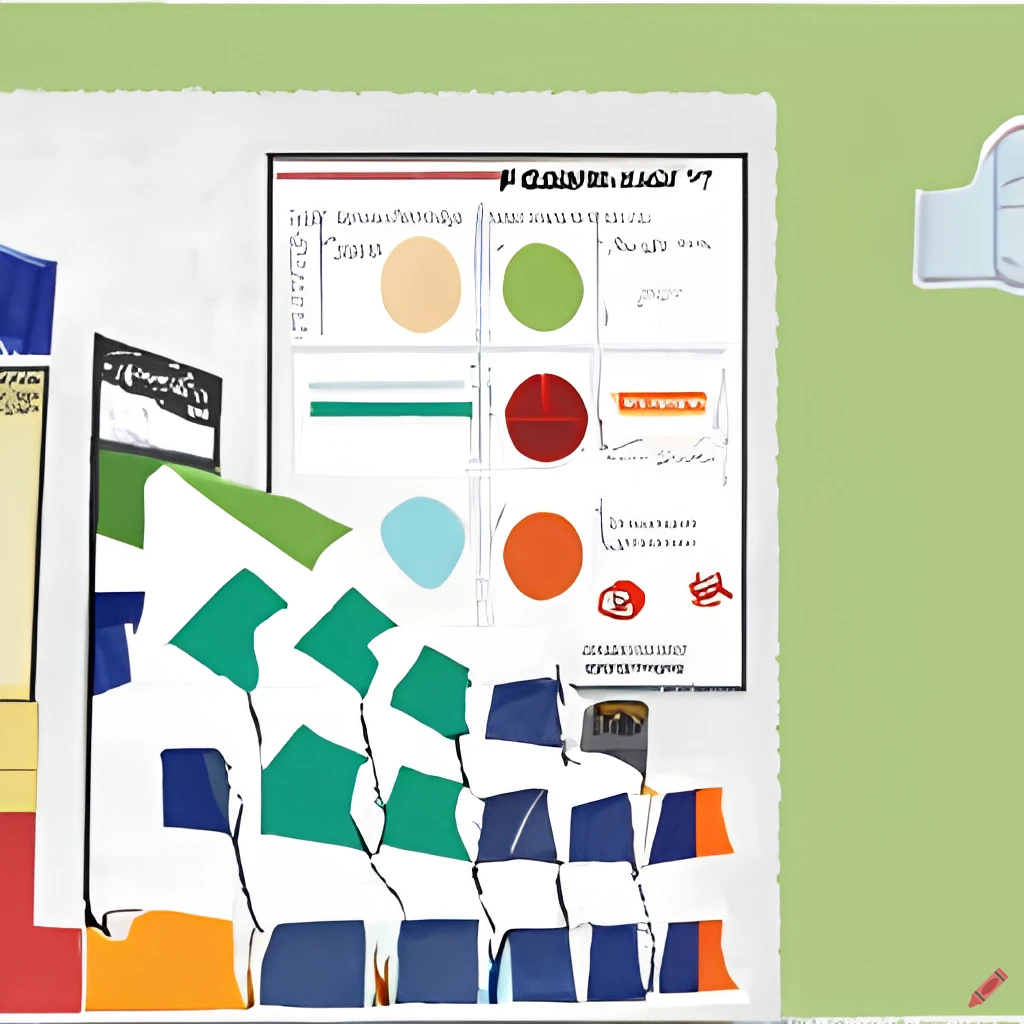Introduction
In today’s fast-paced, ever-changing business world, organizations need to be agile and flexible to stay ahead of the competition. This is where Scrum comes into play. Scrum is an agile project management framework that is widely used in software development but can be applied to any project. Scrum is a simple, easy-to-learn framework that can help organizations deliver high-quality projects quickly and efficiently.
Benefits of Scrum
Scrum offers numerous benefits to organizations that adopt it. One of the most significant benefits is increased productivity. Scrum’s iterative approach allows teams to deliver small, incremental features quickly, which helps keep the project on track and the team focused on delivering quality work. Additionally, Scrum promotes teamwork and collaboration, which leads to better communication, improved problem-solving, and increased innovation.
Scrum Roles and Responsibilities
Scrum has three primary roles: Product Owner, Scrum Master, and Development Team. The Product Owner is responsible for defining the project’s vision, prioritizing the work, and ensuring that the team is focused on delivering the most value to the customer. The Scrum Master is responsible for ensuring that the team follows the Scrum framework, removing any impediments that may be hindering progress, and facilitating team meetings. The Development Team is responsible for creating the product increment, which is a working product feature that has been tested and is ready to be released.
Scrum Events
Scrum has four primary events: Sprint Planning, Daily Scrum, Sprint Review, and Sprint Retrospective. Sprint Planning is where the team plans the work for the upcoming sprint. Daily Scrum is a daily 15-minute meeting where the team discusses progress and any impediments. Sprint Review is where the team demonstrates the completed work to stakeholders, and Sprint Retrospective is where the team reflects on the previous sprint and identifies areas for improvement.
Conclusion
Scrum is an agile project management framework that can help organizations deliver high-quality projects quickly and efficiently. Scrum offers numerous benefits, including increased productivity, teamwork, collaboration, and innovation. Scrum has three primary roles: Product Owner, Scrum Master, and Development Team, and four primary events: Sprint Planning, Daily Scrum, Sprint Review, and Sprint Retrospective. By adopting Scrum, organizations can become more agile, flexible, and better equipped to handle the challenges of today’s business world.
Written on Notion App. Cover pic generated on craiyon.com.



